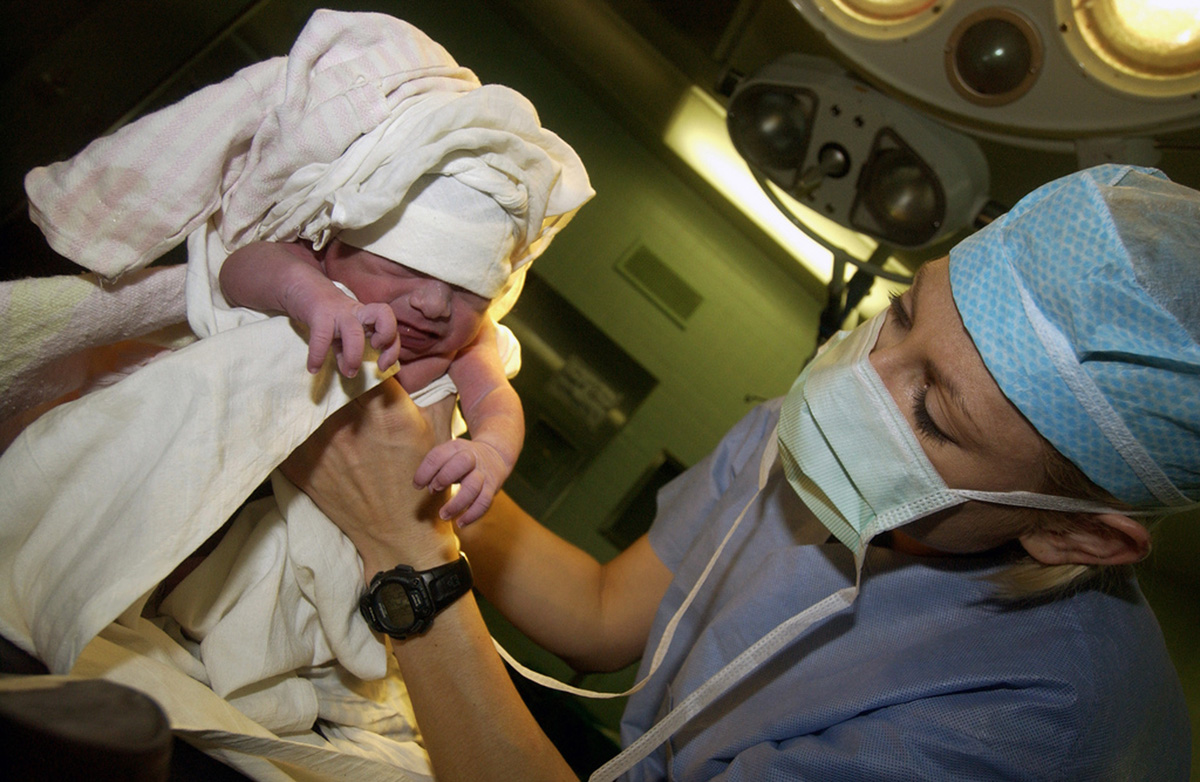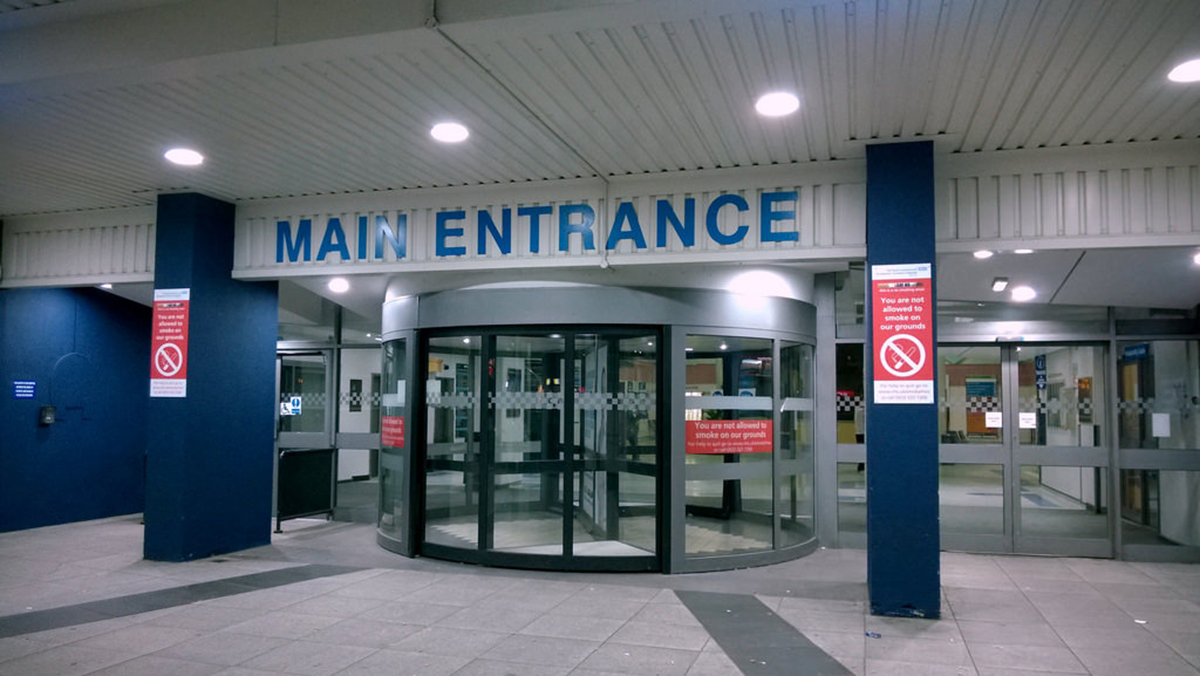If you drive across America from east to west, and you have been doing this over a period of years, you can't help noticing that there are fewer and fewer places to stop. Small towns in rural areas once supported a cafe, a filling station or several filling stations to get gas, grocery stores, doctors, lawyers, banks, hairdressers and barbers, and maybe a diner or two. Many small towns once had manufacturing jobs but factories closed after NAFTA.
Walmart also has played a role in the decline of many little towns. Towns that were too small to get their own Walmart found themselves with no retailers at all. As Walmart put grocers and small retailers out of business, the cafes and service stations closed, too, and as jobs left, people left many small towns for good.

It is not necessarily easy, however, to keep a rural hospital open. Like every other commercial activity in America's small towns, hospitals have taken major hits of their own, and the pace of rural hospital closures has actually accelerated since Obamacare became fully functional in 2014.
What Kills Rural Hospitals
A small-town hospital usually has to be everything for everyone in a small community. If you have heart attack, the local ambulance (which until the twenty-first century often doubled as a hearse), you will be taken to the local emergency room. The small-town hospital usually doesn't have a cath lab in which you could get a stent and certainly doesn't have facilities for open heart surgery if you needed a bypass or cavitation, so you are loaded into another ambulance, or a helicopter, for a thirty-minute to one-hour or sometimes two- or three-hour ride to a hospital in a major city.
Big city hospitals typically will release patients as soon as possible. You might get a cardiovascular stent only to be sent back to your little home town the very next day. However, it's not unusual for something to go wrong. Maybe you will have unusual bleeding from the incision site. Maybe you will have chest pain again. Maybe you will pass out because you are not used to your new high blood pressure medication.
If this happens, you go right back to your small-town hospital. However, under Obamacare, hospitals have to pay a financial penalty when patients are readmitted within 30 days. Even though your local hospital had no choice but to send you to the city, they pay a penalty for having to treat you again when the city hospital sends you back too soon. That happens a lot, because the big bucks in medical treatment are for surgery, not for letting you recover in your hospital room. City hospitals get the reimbursements, but rural hospitals pay the penalties.
How Bad Is The Problem Of Failed Rural Hospitals?
The United States has lost nearly 50 rural hospitals since 2010. Hundreds more are on the verge of financial collapse. On average, each of the hospitals served 10,000 people, so approximately half a million people are left without local medical care. This means that if they have a medical emergency, the nearest treatment will be 20, 30, 50, or even 100 or more miles away. All over the United States, rural areas are losing their hospitals, and patients are losing their lives.
What Can Small-Town Hospitals Do To Stay Open?
A long ride by ambulance to get to treatment can squander what emergency room doctors often refer to as the "golden hour". The first hour after a heart attack, or a stroke, or a devastating injury is the time doctors have to get to work to reestablish circulation to save brain tissue. Getting treatment immediately can make the difference between complete recovery and a lifetime of disability. Closing rural hospitals, and their emergency rooms, almost guarantees the opportunity for timely treatment will be lost.
Rural dwellers need rural hospitals, but rural hospitals face a financial squeeze. Even worse, the states with the neediest rural residents are for the most part the same states where recalcitrant Republican governors and legislatures have refused Medicaid expansion, which would pay at least some of the bills. No one supposes Medicaid expansion is the entire answer for the financial woes of local health care, although it would help.

- Mergers with big-city hospitals. Financially strong hospitals pay the bills, provide access to specialists, and get lower prices on drugs. The small town "our hospital" feel is lost, but the doors stay open.
- Excellent rehabilitative care. If rural residents have to travel two to four hours every time they go to cardiac rehab three times a week, chances are they won't try it. Making cardiac rehab available locally available increases the likelihood heart patients will get. The same is true of mental health services, marriage and family counselling, and diabetes education.
- Modern equipment. Doctors don't want to be limited in how well they can treat patients by fuzzy CT scans or handwritten charts or labs that take days to return results. The better equipped a local hospital labs and diagnostic facilities are, the more likely it is to retain highly motivated, highly effective physicians.
- Training programs. Rural residents often are desperate for good jobs, and the health professions are well paid. Training programs centered at the local hospital, typically in conjunction with a nearby community college, keep hospitals alive and residents in their communities.
- Nursing homes. The costs of running a nursing home in a small town are much lower than those of running a nursing home in a city, and many rural residents prefer to stay where they can regularly receive visits from family and friends. Medicare payments to hospitals for nursing home residents are a large source of income.
Salaries at rural hospitals are lower, but the $50,000 a year a nurse with five years of experience night earn at a rural hospital goes a lot farther in a community where a diner meal may cost $6, getting a mechanic to take a look under the hood may be $25 or even free, movie tickets are $5, and a three-bedroom home sells for $70,000.
READ On Medicare? When You Go to the Hospital, Make Sure You Are Admitted
- Holmes M. Financially fragile rural hospitals: mergers and closures.N C Med J. 2015 Jan-Feb. 76(1):37-40. PMID: 25621479.
- Jayne O'Donnell and Laura Ungar. Rural Hospitals in Crictial Condition. USA TODAY. 12 November 2014.
- Photo courtesy of expertinfrantry via Flickr: www.flickr.com/photos/expertinfantry/5423730580
- Photo courtesy of expertinfrantry via Flickr: www.flickr.com/photos/expertinfantry/5423730580
- Photo courtesy of comedy_nose via Flickr: www.flickr.com/photos/comedynose/17251341714


Your thoughts on this